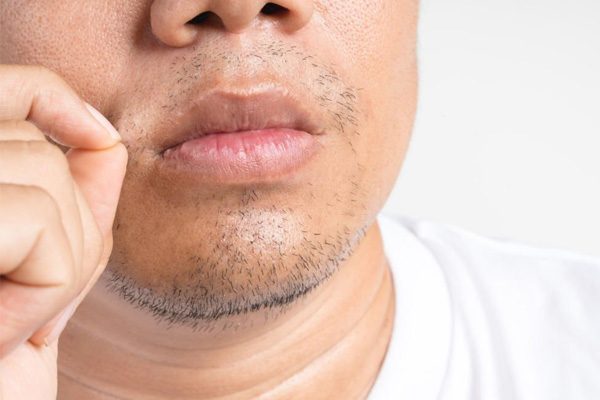It may or may not be accompanied by an infection of the hair follicle, or razor bumps which vary in size. While ingrown hair most commonly appears in areas where the skin is shaved viz beard, legs, pubic region, it can appear anywhere on the body.
Ingrown hairs are more common among people with very curly hair. Most ingrown hairs occur in the beard area and ingrown hairs are very common in darker skin types.
The most common symptom of an ingrown hair is inflammation of the skin, followed by pus formation. However, each individual may experience symptoms differently. The symptoms of an ingrown hair may resemble other skin conditions such as bad breakouts or even Acne.
How to treat ingrown hairs in clinic:
At Skin & Body Renewal, there are many options available which focus on directly targeting and removing the problem as far as possible. Our treatment options include:
Laser Hair Reduction with ND:Yag Laser
Laser Hair reduction with Prowave
Contact Yag to target sore, painful bumps that are already inflamed
Carboxytherapy to treat sore bumps and to treat scars that have been left by previous bumps and nodules
Peels to exfoliate and decongest affected areas
PDT in very severe cases where there is pain and infection and the area is just too sore to treat or touch
How to treat ingrown hairs at home:
When needed, treatment may include:
Topical antiseptics
Antibiotics, if an infection is present
Permanent hair removal, in stubborn cases – see in-clinic treatment options above
Shaving tips that may help prevent ingrown hairs on the face include:
Avoid repeated razor strokes over the same area
Shave only in one direction and in the direction of hair growth
Use a moisturiser to soften the beard/ hair before shaving or shave after showering to make shaving easier
